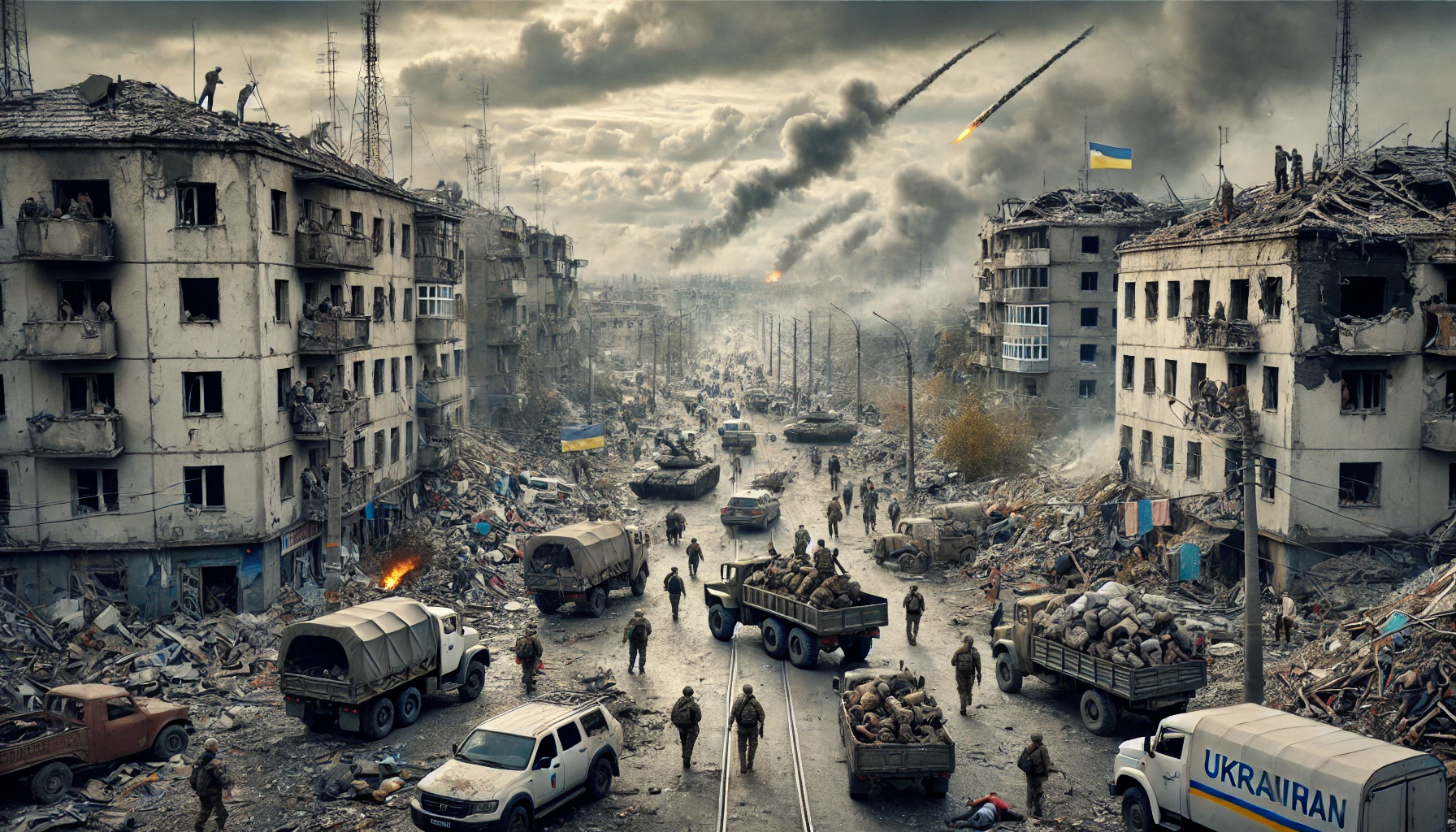In early September 2024, the Ukraine-Russia war remains a significant and evolving conflict, marked by dramatic political and military developments.
Major Cabinet Reshuffle in Ukraine
On September 5, President Volodymyr Zelensky initiated the largest government reshuffle since the beginning of the war, signaling a critical moment for Ukraine’s wartime leadership. This decision comes after several devastating Russian missile attacks targeting civilian areas across Ukraine, resulting in widespread destruction and heavy civilian casualties. The strikes have particularly focused on urban centers, killing more than 40 civilians, including women and children(
Monocle)(
Washington Examiner). Zelensky framed the reshuffle as necessary to inject “new energy” into Ukraine’s defense and recovery efforts, emphasizing that fresh perspectives and leadership were needed to respond to the escalating situation.
Several top officials, including Foreign Minister Dmytro Kuleba, resigned as part of the restructuring. Zelensky is keen to strengthen Ukraine’s diplomatic efforts, particularly in keeping the international community engaged as the war drags into its third year. The reshuffle also reflects Ukraine’s need to maintain domestic morale and ensure the military has a clear command structure as the country seeks to accelerate its counteroffensive.
Increased Russian Attacks
On the military front, Russia has ramped up its missile and drone strikes across Ukraine, hitting both civilian and military targets. These attacks have caused severe damage to infrastructure, including power grids and hospitals, putting a strain on Ukraine’s civilian population. The strikes are seen as part of Russia’s strategy to demoralize Ukrainian civilians and cripple the country’s ability to sustain its war effort.
In response, Ukraine’s military has intensified its counteroffensive, focusing on recapturing key Russian-held territories in the eastern and southern regions. Ukrainian forces are utilizing drone strikes and long-range missile attacks to hit military targets deep inside Russian-occupied territory, aiming to disrupt supply lines and weaken Russian defensive positions(
Monocle).
International Diplomatic Front
Diplomatically, Ukraine continues to rely heavily on Western support. The U.S., the EU, and other allies have pledged further military aid, including advanced missile defense systems and artillery, to bolster Ukraine’s efforts on the battlefield. However, there is growing concern among Ukraine’s allies about the war’s longevity, especially as domestic pressures in Western countries rise, making continued support more politically challenging.
At the same time, Russia has made significant changes to its nuclear doctrine, reportedly adopting a more aggressive stance. This development has alarmed global powers, adding a dangerous new dimension to the conflict. Some analysts suggest this could be a response to Ukraine’s continued success in its counteroffensive, particularly if Russia feels backed into a corner(
Monocle)(
Outlook
Ukraine’s reshuffle indicates a strategic shift in its war management as it navigates the combined pressures of Russian aggression, domestic needs, and the international political landscape. With increased Russian attacks and evolving diplomatic efforts, the conflict remains far from resolution, as both sides continue to escalate.
This news highlights the growing complexity of the Ukraine-Russia war as both political and military fronts shift. Ukraine’s leadership change aims to sustain the war effort amid heavy attacks, while international involvement continues to play a key role in the conflict’s trajectory(
Monocle)(

Leave a Reply